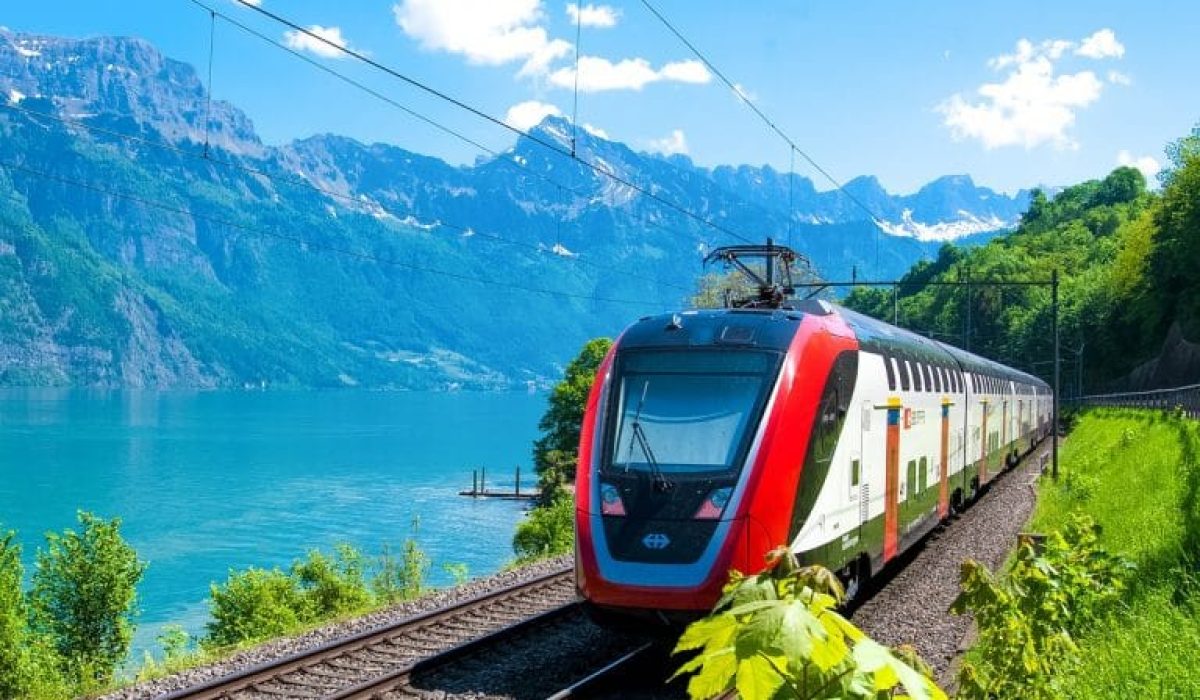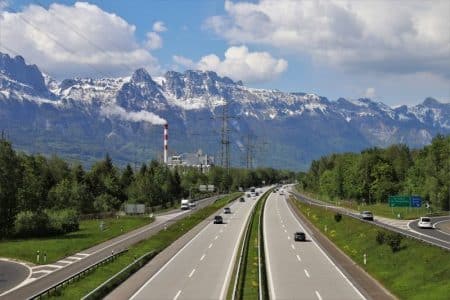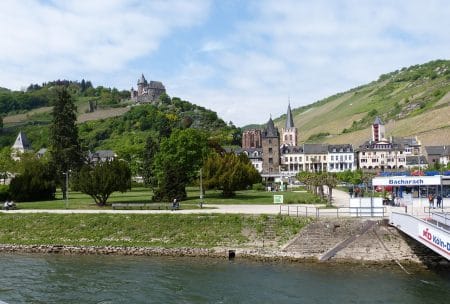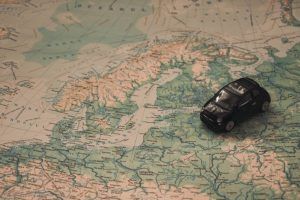A Baby Boomer’s Tips for Travelling By Train in Europe

You’re going to Europe but you’ve decided not to drive. If you’re travelling alone, trains could be the answer.
It’s difficult to drive and navigate when driving conditions are completely foreign to you- in all senses of the word. Driving on the right-hand side of the road, different rules, roundabouts and speeding drivers might be all too much for you to handle as a baby boomer.
To fly or not to fly?
You could fly around Europe, but I try to avoid flying as much as possible for a couple of reasons.
One: You spend a large part of your trip travelling to and from, and waiting in airports. Not my cup of tea!
Two: You generally only get to visit larger cities. I love the European countryside, especially the villages. My lifelong dream is to own a little house in a French village.
Once you’ve decided to travel by train, you have a couple of options. Book and pay for each train trip separately. This may be cheaper but can be very time consuming and restricting if your travel plans change.
My advice is to check out Eurail Passes https://www.eurail.com. You can buy a Global Pass covering 31 countries or you can choose a One Country Pass for each of 27 of those countries.
Go the Global Pass!
My personal choice is the 3-month Global Pass, which allows travel in all of the 31 countries for 3 months. The first day of the 3-month period doesn’t start until your first train trip.
Fortunately, there are discounts for over 60s on all of these passes.
To save even more money, book the second-class ticket. I’ve found the second class on European trains is still a lot more comfortable than most Australian trains.
Eurail Pass Bonuses
Many ferry trips are also included in your pass for free. For us, a very pleasant day trip and and down the Rhine from Koblenz to Mainz sailing past magnificent castles and pretty villages- the poor man’s river cruise- was a fantastic bonus.
Book your seat
Download the Rail Planner app on your phone to help you plan your trip on the go. The app advises you if you need to book a seat.
As a general rule, all high-speed and sleeper trains require a seat reservation, but the national trains may not. It’s a good idea to book a seat on your proposed trip and some bookings may need an extra payment to secure a seat.
I’ve found this is easiest to do on arrival at a station in preparation for the next leg of your rail journey, which may be later that week depending on the length of time you intend to stay.
It’s important to check the actual station you’re arriving in (and departing from) especially if you are continuing your journey as most European cities have at least two main stations. Knowing the name of the station also helps you to book accommodation close-by, saving on transport costs to and from the station.
Even smaller cities may have two stations. On our trip from Switzerland to Spain, we had to change trains at Avignon to find not only did we have 10 minutes to make the change (our train from Geneva was running late), but we had to transfer to another station.
We jumped into a taxi but alas, caught every red light and reached the station just as our train to Barcelona was pulling out. We waited for the next train, which was only going as far as Montpellier.
However, our unplanned night in Montpellier was one of the best of our entire trip: we stayed in a cute, cheap hotel close to the station right in the middle of the town and walked down to the Christmas markets and drank spiced mulled wine, one of the delights of winter travel in Europe. So don’t panic if you miss the train!
If you enjoyed reading this, try reading Travelling Solo as a Baby Boomer- Useful Tips






